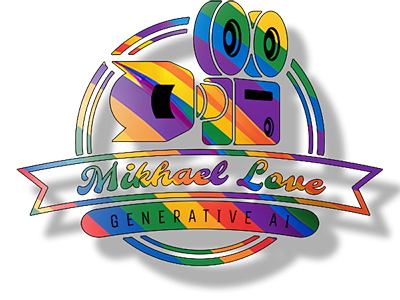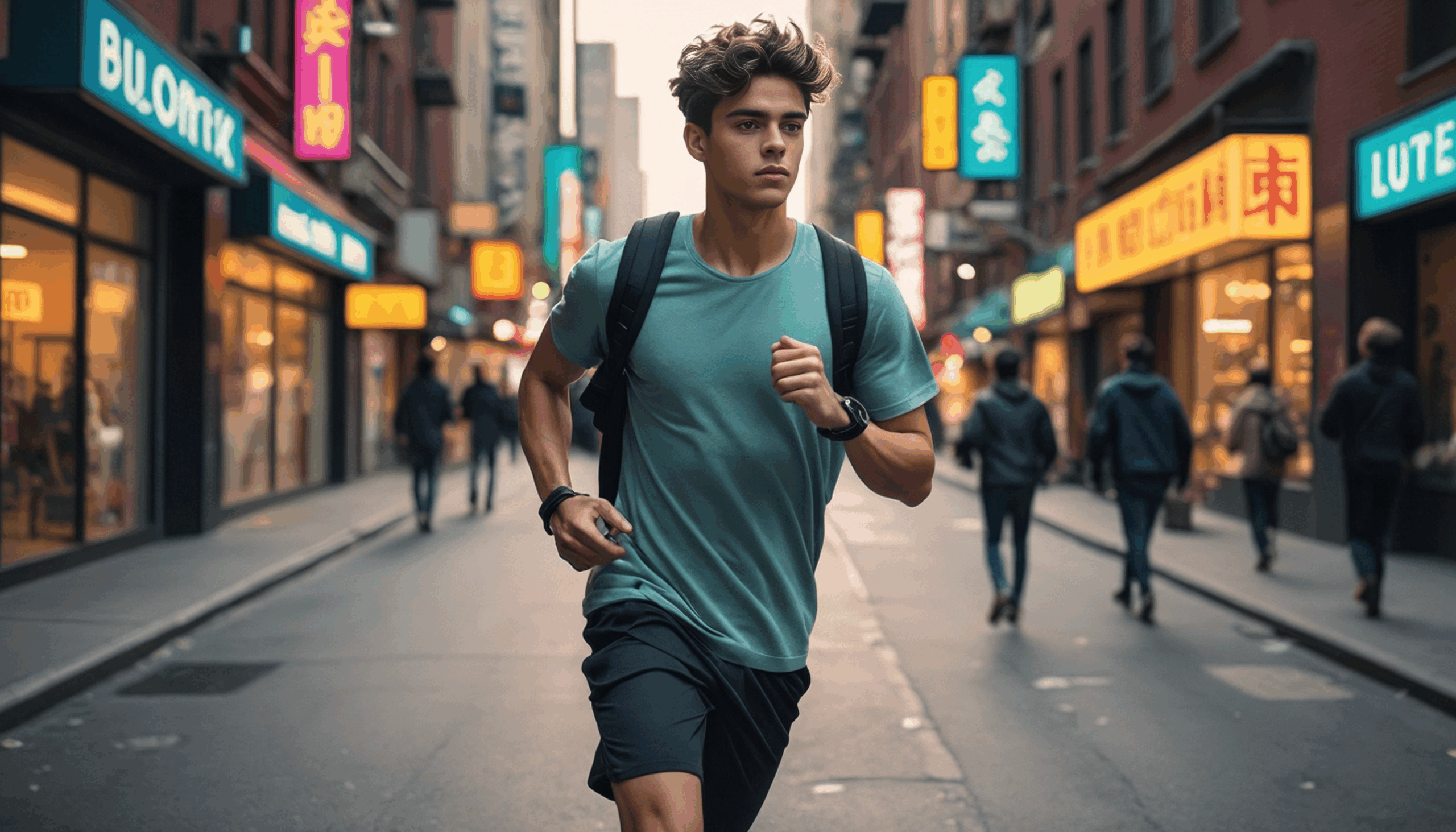In the rapidly evolving landscape of digital creativity, generative AI has emerged as a transformative force, enabling artists and creators to produce stunning visuals with just a few words. However, the quality of the output heavily relies on the prompts provided to these AI systems. Crafting effective prompts is not merely a technical skill; it is an art form in its own right. This article delves into the nuances of creating prompts that yield exceptional AI-generated images, exploring the intersection of technology and creativity.

Image Source: https://pixabay.com/
Understanding Generative AI Art
Generative AI art refers to artwork created through algorithms that analyze and interpret user inputs to produce images, videos, or other forms of media. This innovative approach has sparked debates about the nature of art itself, leading to questions such as “What makes something art?” and “Why are AI-generated images considered art?” The essence of generative AI art lies in its ability to blend human creativity with machine learning, resulting in unique and often unexpected outcomes.
The Role of Prompts in AI Art Generation
Prompts serve as the foundational instructions that guide AI models in generating images. They can range from simple keywords to complex phrases that describe intricate scenes. The effectiveness of a prompt directly influences the quality and relevance of the generated artwork. A well-crafted prompt can evoke vivid imagery, while a vague or poorly structured one may lead to generic or unsatisfactory results.
The Evolution of AI Art Tools
Over the past decade, various AI art generation tools have emerged, each with its unique capabilities. Tools like DALL-E, MidJourney, and Adobe Firefly utilize advanced algorithms to interpret user prompts and create visually compelling images. These platforms have democratized art creation, allowing individuals without formal artistic training to produce high-quality visuals. As these tools continue to evolve, understanding how to effectively communicate with them becomes increasingly important.
The Anatomy of an Effective Prompt
Creating a successful prompt involves several key components. By understanding these elements, users can enhance their ability to generate captivating AI art.
1. Subject Specification
The first step in crafting a prompt is to clearly define the subject. This involves identifying the main focus of the image. For instance, instead of simply stating “a cat,” one might specify “a fluffy ginger cat lounging on a sunny windowsill.” This level of detail helps the AI understand the desired outcome more accurately.
2. Style and Medium
Incorporating a specific artistic style or medium into the prompt can significantly influence the final output. Whether it’s “in the style of Van Gogh” or “as a watercolor painting,” specifying the desired aesthetic guides the AI in rendering the image accordingly. This aspect is crucial for achieving a particular look or feel in the artwork.
3. Contextual Details
Adding contextual elements to the prompt enriches the narrative of the image. Considerations such as lighting, background, and mood can transform a simple subject into a compelling scene. For example, “a ginger cat chasing a mouse in a sunlit kitchen with blue walls” provides a vivid setting that enhances the overall composition.
4. Output Format
Defining the output format is essential for ensuring the generated image meets specific requirements. Whether it’s for a social media post, a poster, or a digital wallpaper, specifying the orientation and aspect ratio can help the AI tailor the image to fit the intended use.
Common Mistakes in Prompt Crafting
While crafting prompts may seem straightforward, several common pitfalls can hinder the effectiveness of the output. Being aware of these mistakes can help users refine their approach.
1. Vagueness
One of the most significant errors is being too vague in the prompt. Phrases like “a landscape” or “a person” lack the specificity needed for the AI to generate meaningful results. Instead, users should aim for detailed descriptions that paint a clear picture of what they envision.
2. Overloading with Ideas
Including too many conflicting elements in a single prompt can confuse the AI, leading to chaotic or incoherent images. It’s advisable to focus on one central theme or idea per prompt. If multiple concepts are desired, consider breaking them into separate prompts for clarity.
3. Ignoring Style
Failing to specify an artistic style can result in bland or generic outputs. Users should always include stylistic preferences to ensure the generated art aligns with their vision. This could involve referencing specific art movements or techniques.
Techniques for Enhancing Prompts
To elevate the quality of AI-generated images, users can employ various techniques when crafting their prompts.
1. Iterative Refinement
Prompt crafting is an iterative process. After generating an initial image, users should analyze the output and refine their prompts based on what worked and what didn’t. This approach allows for gradual improvements and a better understanding of how the AI interprets different instructions.
2. Utilizing Negative Prompts
Negative prompts specify what should not be included in the image. For instance, stating “no people” or “avoid bright colors” can help the AI focus on the desired elements. However, users should use negative prompts judiciously to avoid confusing the AI.
3. Experimenting with Variations
AI art generation thrives on experimentation. Users should feel free to try different variations of their prompts, adjusting wording, structure, and details to see how the AI responds. This exploration can lead to unexpected and delightful results.
The Impact of AI Art on Traditional Art Forms
The rise of generative AI art has sparked discussions about its implications for traditional art forms. Some argue that AI-generated images lack the emotional depth and intentionality of human-created art. Others contend that AI serves as a powerful tool for enhancing creativity and expanding artistic possibilities.
1. Collaboration Between Humans and AI
Rather than replacing traditional artists, generative AI can complement their work. Artists can use AI-generated images as inspiration or starting points for their creations, blending human intuition with machine-generated ideas. This collaboration opens new avenues for artistic expression.
2. Redefining Artistic Ownership
As AI-generated images become more prevalent, questions surrounding ownership and authorship arise. Who owns the rights to an image created by an AI based on a user’s prompt? These discussions challenge traditional notions of creativity and intellectual property, prompting a reevaluation of what it means to be an artist in the digital age.
The Future of AI-Generated Art
As technology continues to advance, the future of AI-generated art holds exciting possibilities. With ongoing developments in machine learning and neural networks, we can expect even more sophisticated AI tools that can interpret prompts with greater nuance and creativity.
1. Enhanced User Interfaces
Future AI art generation platforms may feature more intuitive user interfaces, allowing users to interact with the AI in real-time. This could involve visual feedback as users adjust their prompts, enabling a more dynamic and engaging creative process.
2. Integration with Virtual Reality
The integration of AI art generation with virtual reality (VR) could revolutionize the way we experience art. Imagine stepping into a virtual gallery where AI-generated images respond to your movements and interactions, creating a fully immersive artistic experience.
Conclusion
Crafting effective prompts for AI-generated images is an essential skill for anyone looking to harness the power of generative AI in their creative endeavors. By understanding the intricacies of prompt construction and avoiding common pitfalls, users can unlock the full potential of these innovative tools. As we continue to explore the intersection of technology and art, the question of “What makes something art?” will remain at the forefront of our discussions, inviting us to redefine our understanding of creativity in the digital age.
In this evolving landscape, one thing is clear: the art of crafting prompts is not just a technical exercise; it is a creative journey that empowers individuals to express their visions in new and exciting ways. As we embrace the possibilities of AI-generated art, we must also reflect on the broader implications for the future of creativity and artistic expression.

